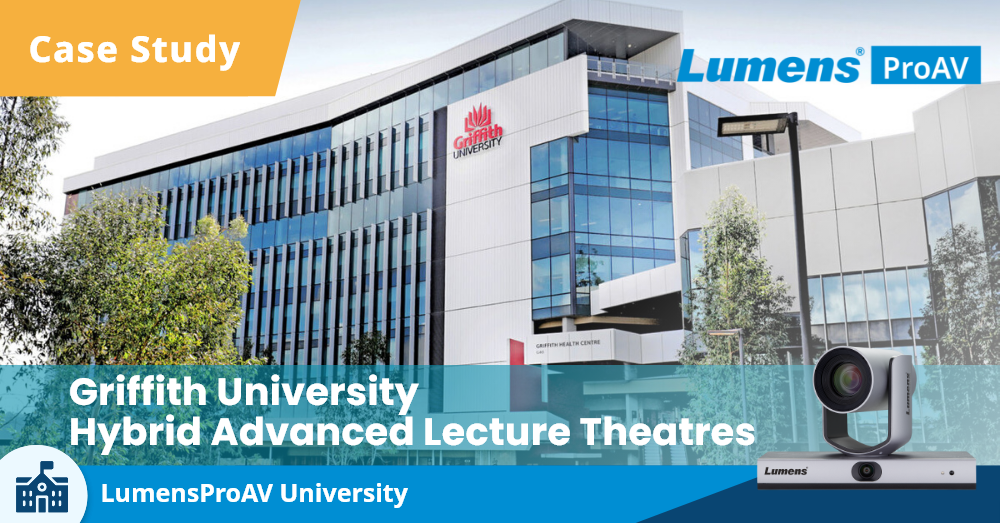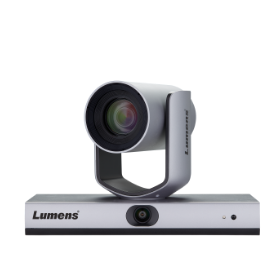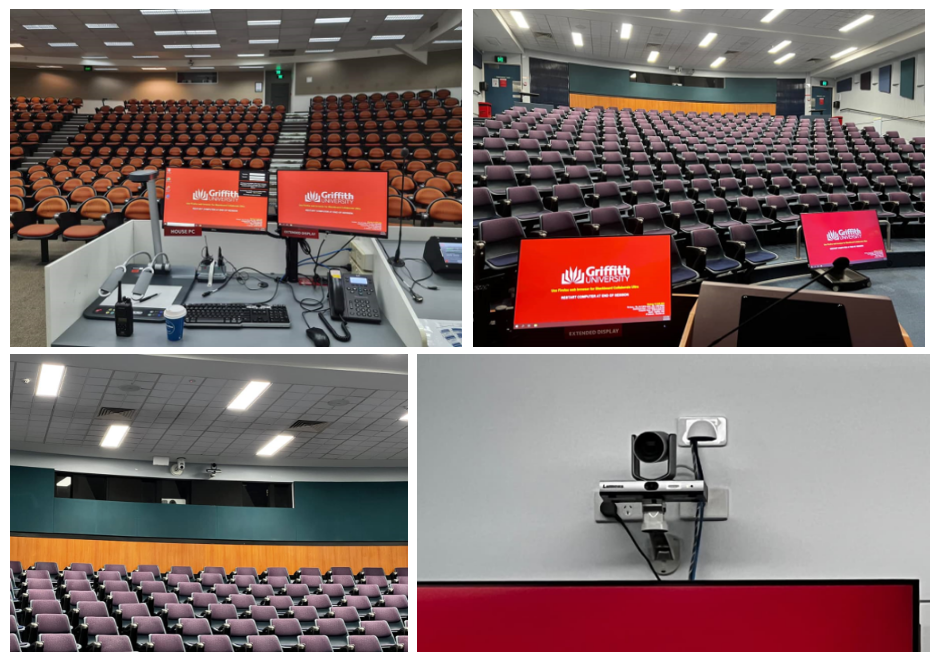【Case Study】Griffith University Hybrid Advanced Lecture Theatres
By Derek Powell of AV Technology
September 26, 2022 20416

▶ Background
With more than 55,000 students, Griffith University spans five campuses in South East Queensland, consistently ranking in the top two percent of universities globally. Propelled by the Covid-19 pandemic, online or hybrid learning is becoming an increasingly important part of the study options for students. For many courses, students are able to log in remotely to participate live in lectures and tutorial sessions or access recorded sessions using the online learning platform.
While these Hybrid Learning sessions were very popular with students, operating the existing systems in the teaching spaces imposed an extra workload on academic staff. If a lecturer wanted to move from the lectern to, say the whiteboard or a demonstration area, they first had to select a PTZ camera pre-set from the lectern touchscreen. If they moved again, they had to remember to select another camera pre-set, otherwise they would disappear from view on the remote feed. The ideal solution would be an intelligent camera system that could autonomously track the presenter's movements and automatically pan and zoom to follow them.
▶ Customer Requirements
With this in mind, Griffith's Product Manager - Teaching Spaces, Andrew Williams arranged to trial the latest Lumens VC-TR1. The University had existing experience with a fleet of Lumens document cameras – many from the ubiquitous Ladybug range. "Our intent was to use tracking cameras to do all of the hard work for us," Andrew recalled, "so that the academics could actually get out from behind the lectern and do their presentations from the stage as they generally do."
Whereas previous tracking designs relied on technologies such as wearable IR beacons to track a presenter, the Lumens VC-TR1 monitors the full width of the teaching area with a separate panoramic camera, keeping the subject always in view. During the initial installation, the user selects areas where tracking occurs and can also define exclusion zones to eliminate distractions from movement elsewhere in the space. Facial tracking technology then enables the main PTZ camera to smoothly track the presenter and provide appropriate framing at the whiteboard, lectern or wherever the academic may roam.
▶ Results
The results of the trial were "very successful", according to Andrew, with the automatic tracking providing a much improved experience for both students and presenters. "Academics preferred the autonomous functionality, commenting that they did not have the time or the mental bandwidth during the class to engage with the manual selection of camera presets," he noted.
"I find the VC-TR1 quite seamless to configure," Andrew continued. "Setting up the tracking and blocking zones, home position, and so on takes maybe another 10 minutes on top of what it would take to put in a normal PTZ and set three zones. Compared to the other products that we trialed, where we'd probably take half an hour or more to configure and fine tune, the Lumens product is quite good to work with." He listed key advantages of the VC-TR1 as reliability, easy configuration, and power over Ethernet (POE) capability. "If there is ever a problem, we don't actually need to attend site to reboot – we can actually do that remotely because of the PoE capabilities," he said.
Following the trial, 70% of academics polled preferred the autonomous functionality to the standard manual pre-set PTZ cameras in teaching spaces. As a result, the Lumens VC-TR1 cameras have now been rolled out to 15 of Griffith University's Hybrid Advanced Lecture Theatres across all five campuses. According to Andrew Williams, the cameras will also be used to replace many conventional PTZ cameras in existing seminar spaces.
▶ Key Products

Lumens VC-TR1
Full HD Auto-Tracking Camera
- Automatic subject tracking with smart switching
- Full HD 1080p 60fps with 20x optical zoom
- HDMI, 3G-SDI, IP, and USB video outputs
- Supports Power over Ethernet (PoE+)
- RTSP / RTMP / RTMPS and HEVC (H.265) / H.264 / MJPEG video streaming
- 5 Year Warranty
Powell, D. (2022, September). Griffith University Hybrid Advanced Lecture Theatres.
AV Technology. https://www.av.technology/
Click here Back to Top ↑
